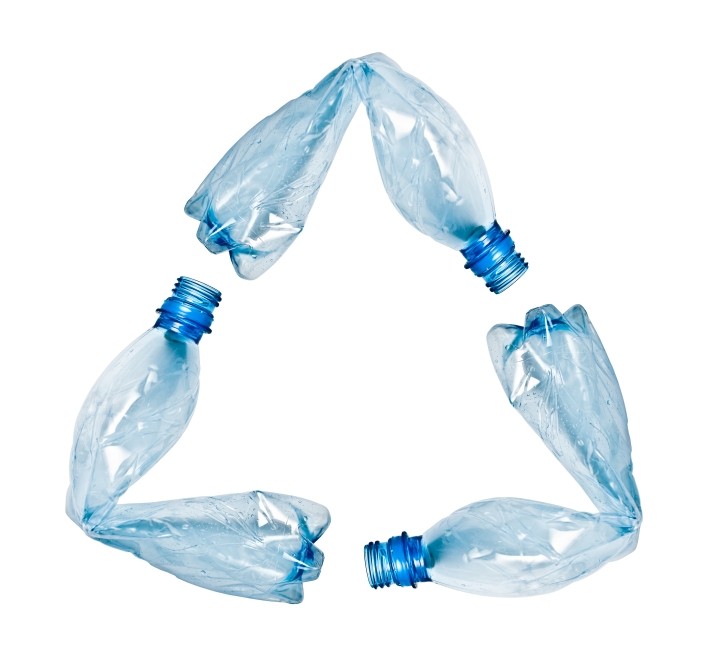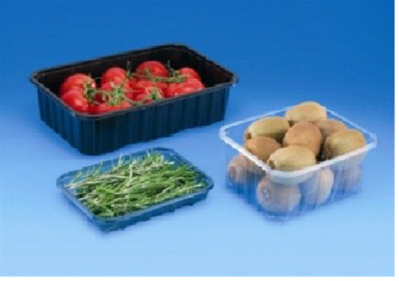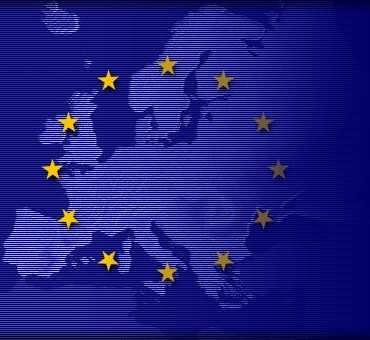Post-consumer PET recycling processes evaluated

The EFSA Panel on Food Contact Materials, Enzymes, Flavourings and Processing Aids (CEF) evaluated both processes, one called ‘Evertis Iberica’ and the other “Terrachim”.
For the first process, the Ministério da Agricultura e do Mar, Portugal made the request submitted on behalf of Evertis Ibérica, Portugal.
Input for Evertis Iberica’ process
Input is washed and dried PET flakes originating from collected post-consumer containers and containing no more than 5% PET from non-food consumer applications.
According to the applicant, the recycled PET is intended to be used up to 90% in mixtures with virgin PET in the manufacture of thermoformed trays and containers for contact with foodstuffs, except packaged water, for long-term storage at room temperature, with or without hotfill.
The process comprises two steps. First, collected post-consumer PET containers are processed into washed and dried flakes. Second, the dried flakes are used as the input for the EREMA Multi-Purpose Reactor (MPR) decontamination technology.
Step two was considered by the panel to be the critical step for removal of possible contaminants and should be kept under control to guarantee the decontamination performance of the process.
Operating parameters which control performance are temperature, pressure and residence time.
It was demonstrated the recycling process is able to ensure the level of migration of potential unknown contaminants into food is below a migration of 0.15 μg/kg food, said the panel.
Terrachim process evaluation
Terrachim is based on the VACUREMA Prime technology, developed by EREMA.
Input is hot caustic washed and dried PET flakes originating from collected post-consumer containers and containing no more than 5% PET from non-food consumer applications.
The Ministry of Health, Bulgaria, requested evaluation of the process submitted on behalf of Terrachim International.
Recycled pellets are intended to be used up to 100% to manufacture food contact materials.
These materials are intended to be used in direct contact with foodstuffs for long-term storage at room temperature, with or without hotfill.
The process is made up of four steps. Post-consumer collected PET bottles are processed into washed and dried flakes, which are the input of the VACUREMA Prime decontamination technology.
Dried flakes are heated in a batch reactor under vacuum then heated in a continuous reactor under vacuum before being extruded into pellets.
The panel concluded the decontamination in the batch reactors and in the continuous reactor are the critical steps that determine decontamination efficiency.
Operating parameters which control performance of these critical steps are temperature, pressure and residence time.
It was demonstrated the recycling process is able to ensure the level of migration of potential unknown contaminants into food is below a migration of 0.1 μg/kg food.
CEF concluded the recycled PET from the process is not considered of safety concern.
Market outlook not so colourful
Meanwhile, Plastics Recyclers Europe (PRE) has warned market developments are putting the future of PET recycling at risk.
Milk, home and personal care markets, typically packed in colourful containers, are mulling a switch from HDPE to PET for cost, marketing and sustainability reasons, it said.
This market shift could bring more than 300,000 additional tonnes of coloured PET, including black and white.
For recyclers to sell this coloured fraction, the material will have to be tinted in black or grey, but no market exists for such a material in high quantities, said the group.
These ‘colourful’ future trends will weaken the image of PET as a recycled product, it added.
PRE said one solution could be to use full body sleeves which would ensure a colourful effect but these sleeves must be detectable by NIR sorting systems.






